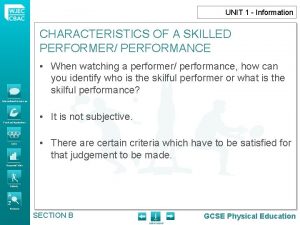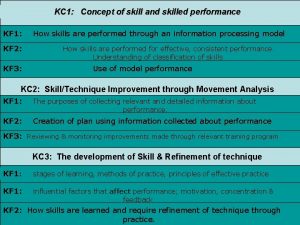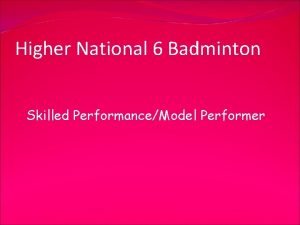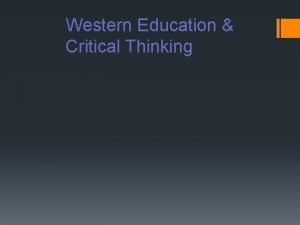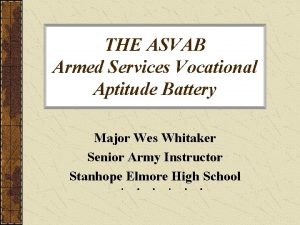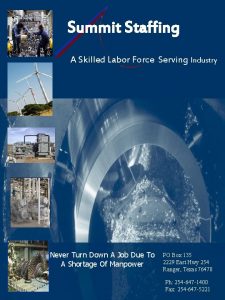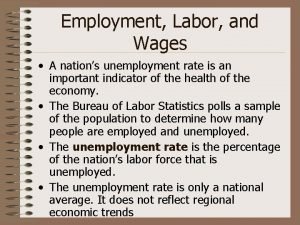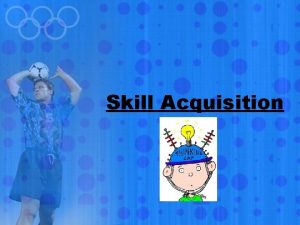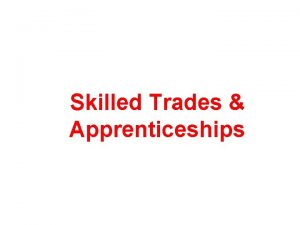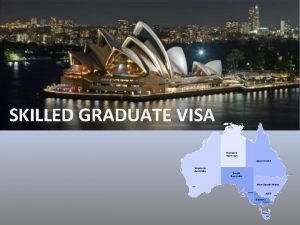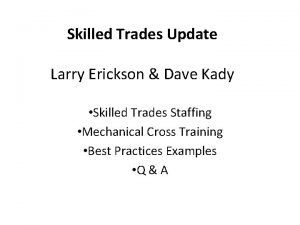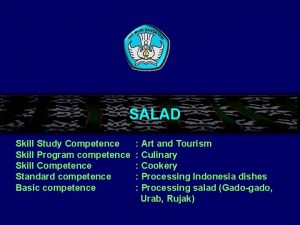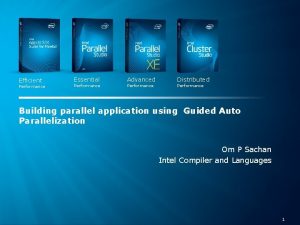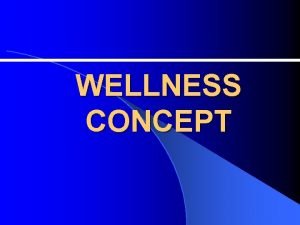KC 1 Concept of skill and skilled performance















- Slides: 15

KC 1: Concept of skill and skilled performance KF 1: KF 2: KF 3: How skills are performed through an information processing model How skills are performed for effective, consistent performance. Understanding of classification of skills Use of model performance KC 2: Skill/Technique Improvement through Movement Analysis KF 1: The purposes of collecting relevant and detailed information about performance. KF 2: Creation of plan using information collected about performance KF 3: Reviewing & monitoring improvements made through relevant training program KC 3: The development of Skill & Refinement of technique KF 1: stages of learning, methods of practice, principles of effective practice KF 1: influential factors that affect performance; motivation, concentration & feedback KF 2: How skills are learned and require refinement of technique through practice.

KC 1: Concept of skill and skilled performance • To help you understand the terms of skill and technique, it will be useful to refer to the term 'technique' as how you do things and refer to 'skill' as how effectively you use techniques. Each attempt you make at combining a series of movements is called a performance. • The more skillful you are, the better your performance is likely to be. Being aware of the type of skill you are working on, will determine the way you practice and develop the skill. • A skilled performance is about your ability to be in the correct place at the correct time and be able to select the correct technique, making it look as effortless as possible to meet the performance demands

How does this relate to badminton? • Fluent/controlled movements • lunge and chassis step to cover court • Vary the pace of the game (HOW? ) • Create space for point winning shots (HOW? ) • Remain balanced at all times

Selecting the correct options! • Select Skills that are successful in outcome • Select skills which create scoring options • Select skills that allow recovery • Select skills which force errors

Use skills which reflect ability! • Play to own individual strengths • Avoid creating situations where weaknesses are exposed • Recognise when certain shots are ‘not on’

KF 1: How skills are performed through an information processing model INFORMATION PROCESSING MODEL OR ‘LEARNING LOOP’

Decision Making Make decisions based on the input information you have received. Sifting more important information from less important information is the second part of the loop. Input Output This is the information you receive from your senses, e. g. sight and sound. This is the way in which you decide to move and respond to the decisions you have made. Feedback During and after your chosen response you will receive information about your performance

Decision Making Separate essential information from nonessential information. Make a decision. Where is shuttle going to and what type of shot will you play Input Output Position yourself correctly on court. Watch your opponent closely, what type of shot are they going to play Play an overheard clear to get yourself back into position Feedback Use information you receive about your performance to help you in the future. (E. g. how effective was your overhead clear in terms of speed, flight and direction. )

Choose a skill and discuss the range of information you need to consider to allow you to make effective decisions in carrying out that skill effectively. (6)

KF 2: How skills are performed for effective, consistent performance. Understanding of classification of skills Closed Skills • Always performed the same way • Predictable Conditions • Factors are within your control. • Same Judgements • You control when you play the shot

KF 2: How skills are performed for effective, consistent performance. Understanding of classification of skills OPEN SKILLS • Unpredictable. • Never performed the same way. • Different Heights. • Different Position. • Different speeds. • Differing judgements • Different Opponent • Factors outwith your control!

OPEN/CLOSED SKILLS A number of skills can be open or closed to varying degrees Skills exist on a continuum. CLOSED OPEN (PREDICTABLE) (UNPREDICTABLE) Copy out the continuum in your jotter and place the various shots in badminton on the continuum.

KF 2: How skills are performed for effective, consistent performance. Understanding of classification of skills Few Sub-routines e. g. Set Shot Few judgments to be made Physically Undemanding EASY/SIMPLE SKILLS Simple order of movements Little co-ordination needed Easy Environment e. g. Indoors One movement at a time

KF 2: How skills are performed for effective, consistent performance. Understanding of classification of skills e. g. Lay-up in Basketball Physically Demanding Many Sub-routines Many judgements to be made COMPLEX SKILLS Co-ordination is vital Many movements at the same time

KF 3: Use of model performance What is a model performer? A model performer allows you to see how to complete the skill properly. They will: • show fluent, controlled movements which are consistent and efficient • have the ability to vary and adapt by using a range of skills & techniques • select the correct options How can watching a model performer help improve your performance?
 Characteristics of skilled performance
Characteristics of skilled performance Skilled performance
Skilled performance Characteristics of skilled performance
Characteristics of skilled performance Hard skills definition
Hard skills definition Marcia was a skilled and capable driver
Marcia was a skilled and capable driver Thinking that only westerners are skilled enough
Thinking that only westerners are skilled enough Which post holds up the greater part of the load
Which post holds up the greater part of the load Summit staffing
Summit staffing Semi skilled labor
Semi skilled labor How to win a medicare appeal for skilled nursing
How to win a medicare appeal for skilled nursing Skilled trades 1201
Skilled trades 1201 Define skilled human resources
Define skilled human resources Skilled nursing facility value based purchasing program
Skilled nursing facility value based purchasing program Operationally attuned
Operationally attuned Bars performance appraisal
Bars performance appraisal Disadvantages of bell curve in performance appraisal
Disadvantages of bell curve in performance appraisal
